Cuyo – “desert country” in the aboriginal language of the ancient Huarpes culture covers an immense wilderness area beneath the high Central Andean mountain range.
Formed by the provinces of La Rioja, San Juan, Mendoza and San Luis, this is the region of snow-capped volcanoes, isolated high plateaus, shallow lagoons, colorful sierras and desert like badlands with mount Aconcagua, the highest peak in the southern hemisphere dominating the Andean skies.
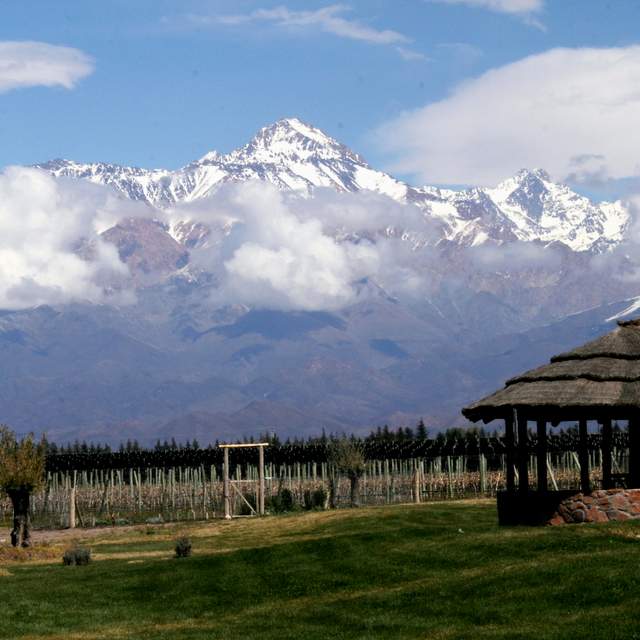
WINE CULTURE
Mendoza is intimately associated to wine. This relationship includes the favorable reputation of its Malbec, characteristic for its quality and a bouquet unmatched in any other wine region in the world, its wine resorts and boutique hotels, wine tasting tours for all palates and the splendorous traditional Wine Harvest Festival.
The sunny and dry climate, the sandy soil and ancient irrigation systems provide Mendoza with ideal growing conditions. There are high end international companies with fresh enterprise and surprising architecture, small traditional family-run country estate plantations as well as organic undertakings led by a new generation of enologists.
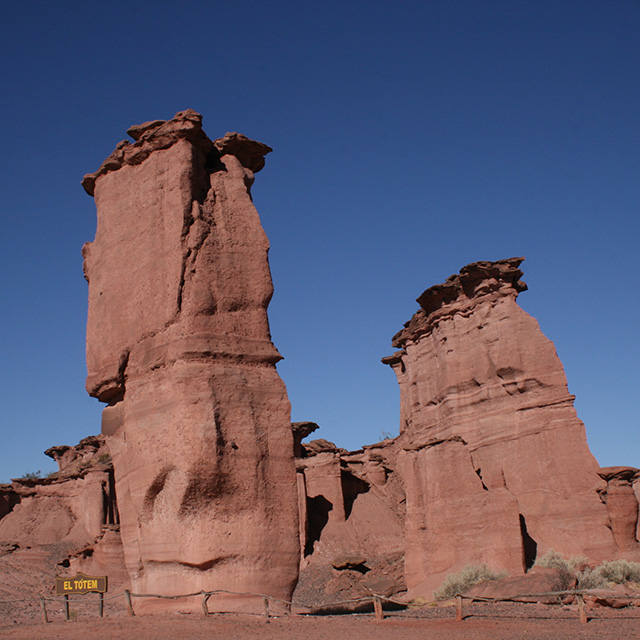
TALAMPAYA NATIONAL PARK
Talampaya National Park is located in a sedimentary depression in the desert area of La Rioja Province. Once covered by flood plains, lakes and swamps where dinosaurs roamed, this region has undergone dramatic changes over the last 250 millions of years and erosive forces have polished and sculptured the sheer cliffs of soft sandstone into strange formations.
Although the area seems uninhabitable, the region is home to an amazing amount of wildlife including the puma and Andean condor. There are also important dinosaur remains and traces of pre-Colombian cultures.
The Talampaya Canyon, the park´s principal attraction, can be toured with excursions of 2-4 hours by van, bicycle and foot. Not to be missed the excursions to Ciudad Perdida (the lost city) and Arco Iris (rainbow canyon).
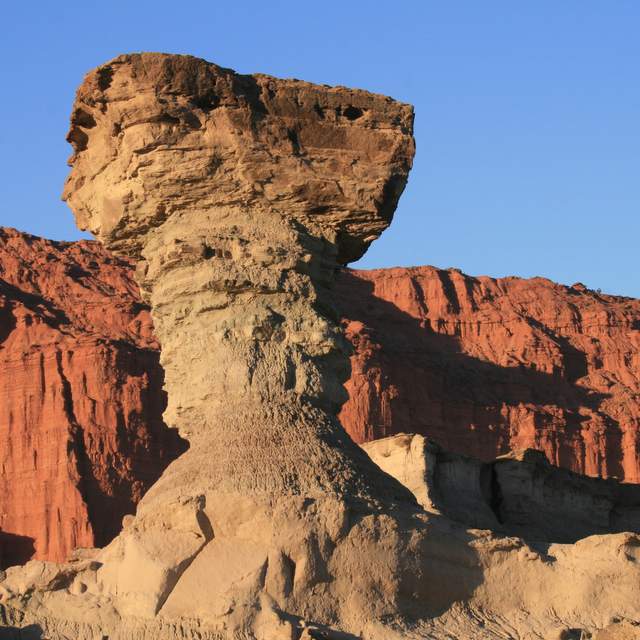
ISCHIGUALASTO PROVINCE PARK – THE MOON VALLEY
Ischigualasto is located in the Province of San Juan and together with the nearby Talampaya National Park shares the same geological basin and protects one of the most important paleontological sites in the world, with fossils records covering almost the entire Triassic Period (245-208 million years ago) and thus equivalent to the beginning of the era of dinosaurs.
The panoramic circuit into the geological basin reveals incredible rock formations sculptured by erosion that carry significant names such as the worm, boccia field, sphinx, submarine, mushroom and finally the bright red cliffs of Los Colorados formation.
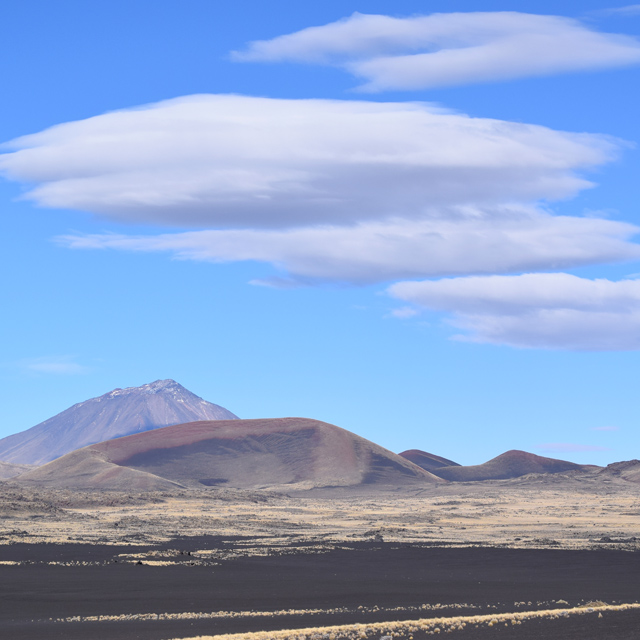
PAYUNIA
Payunia Nature Reserve is an immense volcanic field with hundreds of volcanic peaks, dark lava flows and basaltic rocks, covering an area of 4,500 km2.
With more than 750 individual cones registered, this area forms one of the largest volcanic fields in the world. Perfect symmetric cones, horseshoe shapes, collapsed calderas, pyroclastic rocks of different coloration and striking black lava flows that stretch out to the horizon form a stunning scenery of great contrasts and singular beauty, reminiscent of the Earth’s origins.
This open book for volcanologists is located in the south of Mendoza Province, and can be visited from Malargüe or San Rafael and only with authorized excursions.
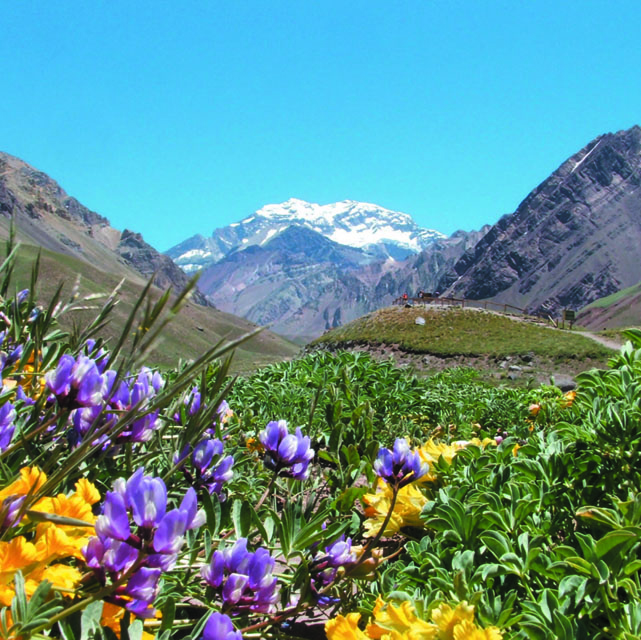
ACONCAGUA
Aconcagua is the highest mountain in the Americas and in the southern hemisphere. Its 6,962 meters also make it the highest peak outside of Himalaya.
It rose up from the ocean floor about 65 million years ago along with the entire Andean Cordillera.
Located near the High Mountain Road that crosses into Chile, Aconcagua’s south face can be seen from this road.
Mountain climbers from all over the world aim for its summit every summer. For those less pretentious, hiking tours and trekking expeditions of varying length and difficulty go to panoramic points and base camps.
